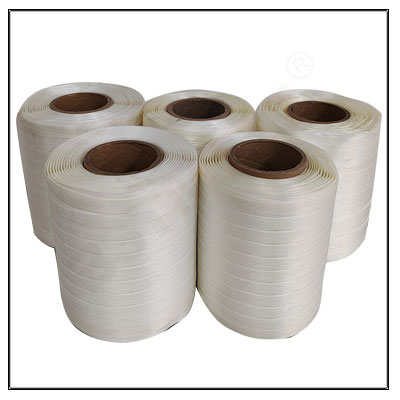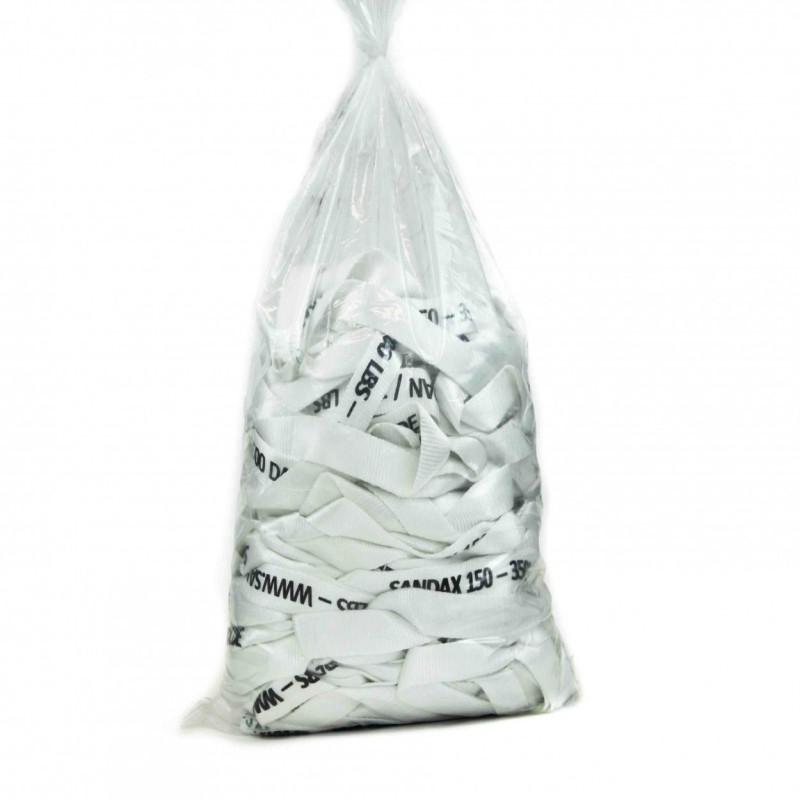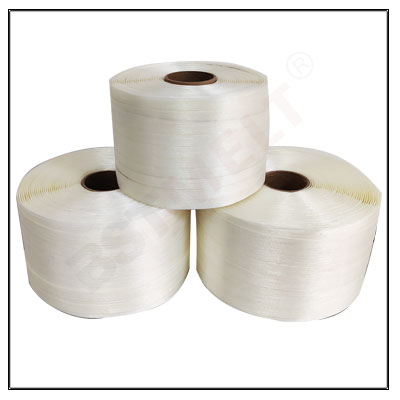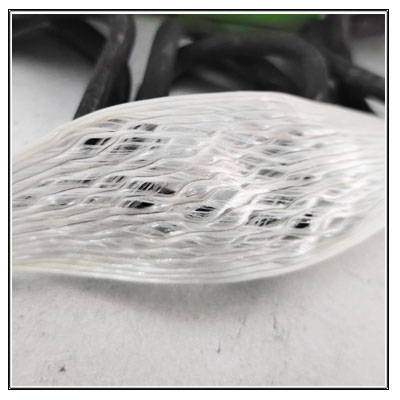Understanding Baler Strapping: The Essential Component for Efficient Waste Management
Baler strapping is a critical component in the waste management and recycling industries, especially in the operation of baling machines. These machines are used to compact waste materials such as cardboard, paper, plastic, and metal into manageable bales for easier transportation and storage. Baler strapping plays a key role in holding these bales together, ensuring they remain intact during the handling and shipping process. In this article, we will explore the significance of baler strapping, its types, and why it is essential for maintaining the efficiency of baling systems.
What is Baler Strapping?
Baler strapping refers to the material used to bind compressed waste or recyclables into neat, manageable bales. These strapping materials are applied around the bales after the baling process, holding the compacted waste together. Without proper strapping, the bales could fall apart, making handling and transportation more difficult, inefficient, and potentially dangerous.
The primary function of baler strapping is to ensure that the compacted material stays in place while being moved. The strap must be strong enough to withstand the pressure of the baled material, ensuring that the bale does not lose its form and that it is stable during storage and transport.

Choosing the Right Baler Strapping
Selecting the right baler strapping is crucial for the efficiency and safety of the baling process. The choice depends on several factors, including the type of waste being baled, the size of the bale, and the specific requirements of the baling machine. Here are some key factors to consider when choosing baler strapping:
1. Bale Weight
Heavier materials require stronger strapping. Steel is the best option for heavy bales, while polypropylene or polyester strapping might suffice for lighter materials. The weight of the bale will determine the appropriate tension and type of strapping to ensure the bale remains intact during handling.
2. Baler Type
Different balers are designed to work with specific types of strapping. Some balers are equipped to handle steel strapping, while others may be designed to use plastic or composite strapping. It’s important to choose a strapping material that is compatible with the specific baling machine in use to avoid machine malfunctions and ensure the most efficient operation.
3. Environmental Factors
If bales will be stored outdoors, consider using strapping materials that are resistant to weathering. Polypropylene strapping, for example, is more resistant to UV degradation than polyester, making it more suitable for outdoor applications. For indoor storage, any of the strapping materials may work, but it is still important to consider the general environment.
4. Cost Considerations
While steel strapping offers superior strength, it is also more expensive than polypropylene or polyester strapping. If cost is a major factor, balancing the material’s cost with the strength needed to secure the bales is essential. For many standard applications, polypropylene or polyester strapping will be sufficient, offering a balance between cost-effectiveness and durability.
5. Safety
It is essential that the strapping material used does not present safety hazards. Steel strapping, for instance, can be dangerous if it snaps or is not properly secured, as it can cause injury. Therefore, operators should be trained on the proper handling techniques for each type of strapping, and any potential safety risks should be mitigated through the use of proper equipment and procedures.

The Benefits of Proper Baler Strapping
Proper baler strapping offers several benefits to the waste management and recycling process:
1. Improved Bale Stability
Strapping ensures that bales are compact and stable, making them easier to handle, transport, and store. This stability helps to optimize space utilization, reduce the risk of accidents, and improve operational efficiency.
2. Increased Safety
Secure strapping prevents bales from falling apart during handling, reducing the risk of injury. In addition, strapping reduces the likelihood of loose materials creating hazards on the floor or in transportation vehicles.
3. Enhanced Transportation Efficiency
Bales that are properly strapped can be stacked more effectively, maximizing the available space in transport vehicles. This leads to fewer trips, reduced fuel costs, and improved delivery timelines.
4. Reduced Damage to Material
Strapping helps to maintain the integrity of the materials within the bale, preventing them from being damaged during the baling, transportation, and storage processes. This is particularly important for recyclable materials, as damage can lower their resale value.

Conclusion
Baler strapping is an integral part of the baling process, ensuring that compacted materials remain secure and stable during handling, transportation, and storage. By selecting the appropriate strapping material based on factors such as bale weight, baler type, and environmental conditions, companies can significantly improve the efficiency and safety of their operations. Steel, polypropylene, polyester, and composite strapping all have their advantages, and the choice of material depends on the specific needs of the operation. Proper baler strapping ultimately enhances the overall waste management process, making it more cost-effective, efficient, and sustainable.





